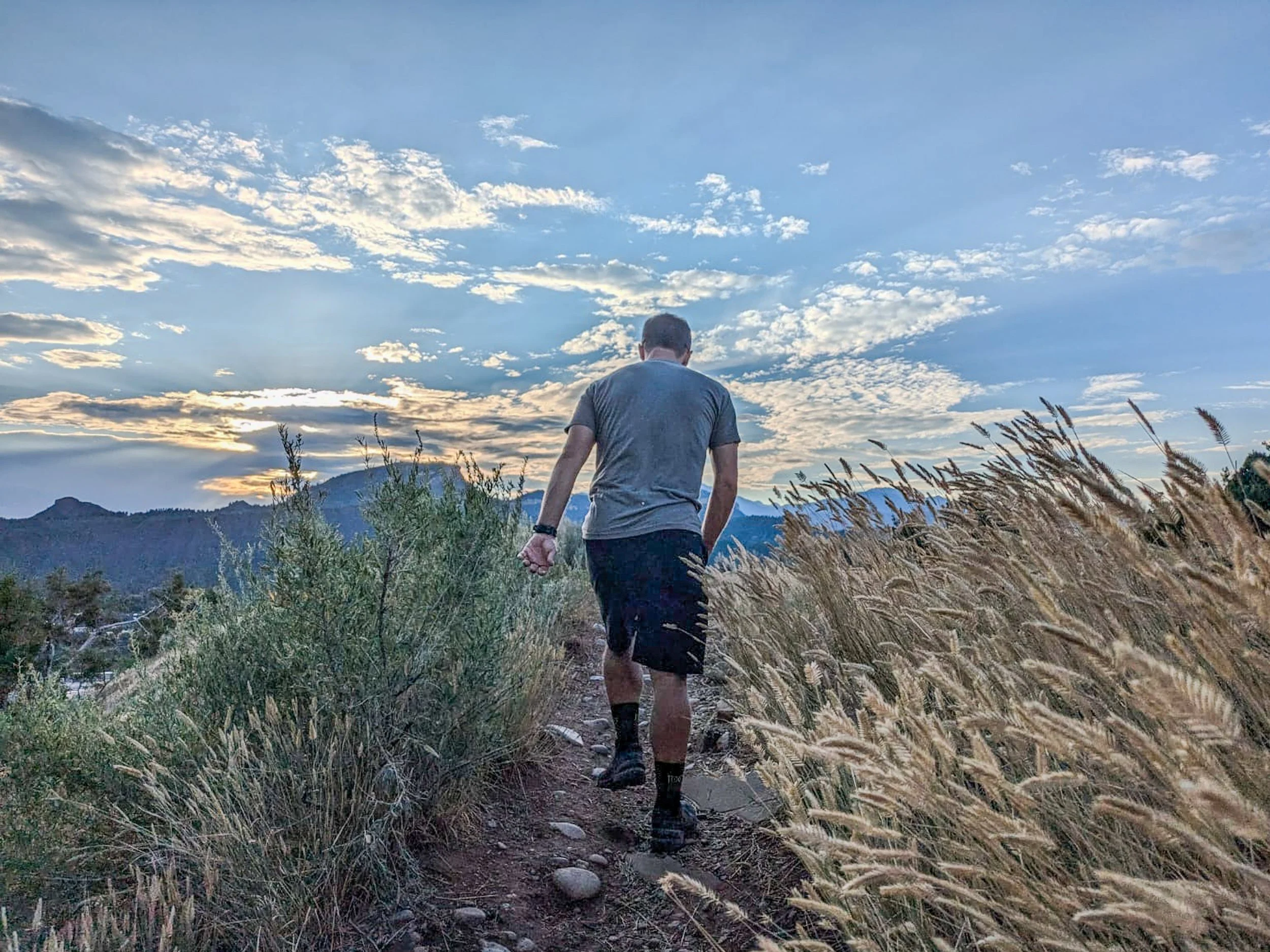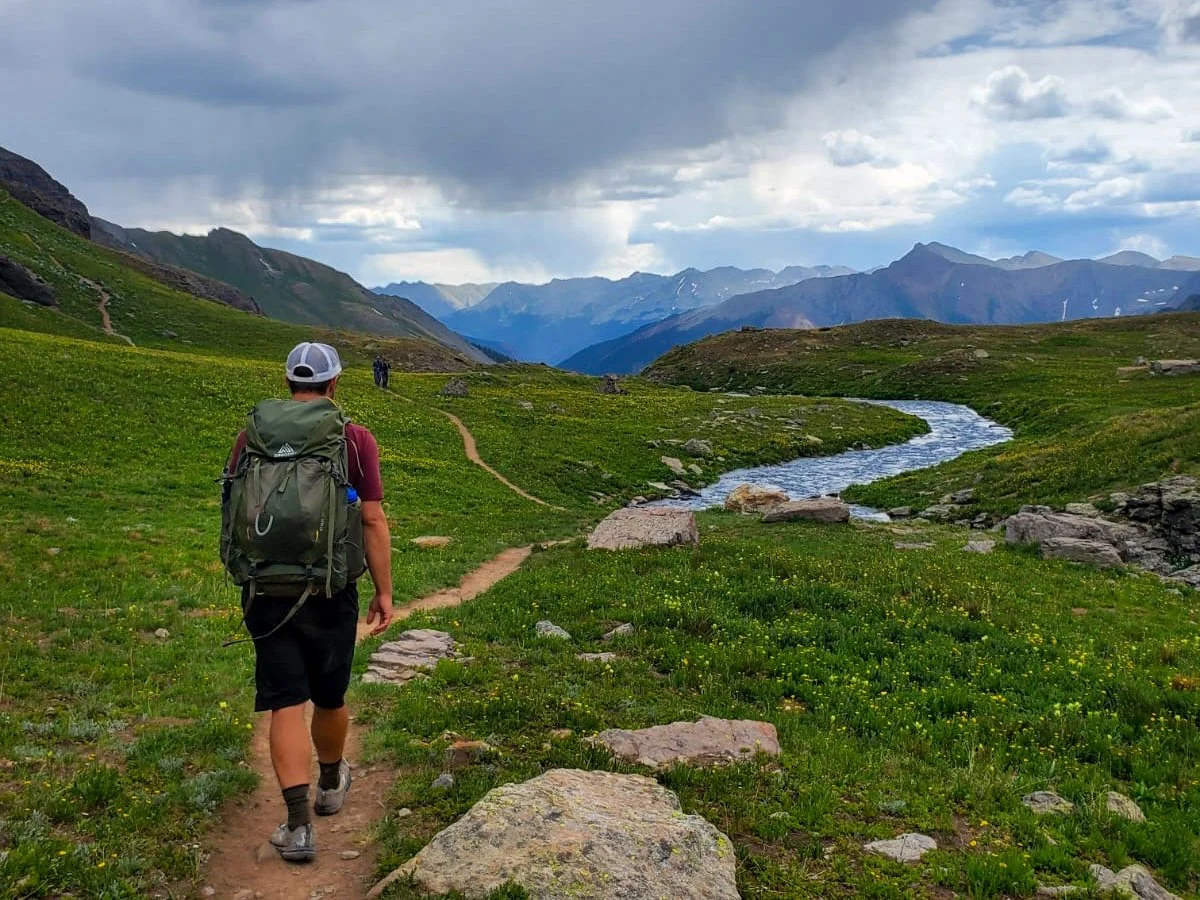Our desks are killing us. So what are we going to do about it?
Our sedentary lifestyle is fucking killing us.
Studies have shown that sitting for extended periods of time, e.g. more than 8 hours per day, "significantly increases the risk of early mortality," which is comparable to smoking a pack of cigarettes per day. Most notably, some studies found that it doesn't matter if the participants "exercised regularly" — sitting still led to increased mortality.
This has prompted Dr. James Levine, a Mayo Clinic researcher who has studied the effects of a sedentary lifestyle, to say, "Sitting is the new smoking."
Kelly Starrett and Glen Cordoza have penned one of the definitive texts on the negative impacts of a sedentary lifestyle (and what we can do about it) in their book, Deskbound: Standing Up to a Sitting World. In the book, they highlight the damage caused by a sedentary lifestyle, including:
musculoskeletal damage and postural dysfunction
decreased circulation and increased risk of cardiovascular disease
weight gain and metabolic syndrome
decreased mobility and joint health
mental and cognitive decline
increased mortality risk
It's way too easy to spend more than 8 hours per day sitting
The problem is obvious: almost all of us sit for more than 8 hours per day. The average American spends more than 8 hours parked behind their computer at work. They spend an additional 45 minutes round-trip sitting during their commute. Then, they come home and watch an additional 5 hours of television per day.
It's too easy to point fingers at the things that we probably shouldn't be doing, like watching TV, and call that the problem. It's also easy to sit for long hours while doing things that are productive and invigorating and add to our lives in healthy ways — things like reading good books, long meals with friends, writing, and even meditating. All of these great activities generally take place while sitting.
My personal observations of the negative impacts of sitting
In spending time sitting, I'm, unfortunately, quite likely an average American. I've been a white-collar employee my entire professional career.
But as a mountain bike journalist, my work has been sprinkled with illuminating breaks from the seated drudgery which have truly shone a light on how much sitting is hurting my body.
Here's one example:
After tearing an ACL and undergoing two surgeries over two years to finally fix it, I continue to struggle with patellar tendinitis and other knee pain 8 years after the fact. Sometimes, the pain flares up to the point where I can't ride my mountain bike, and I have to back off for weeks to recover.
In some ways, this has led me to fear mountain biking and has associated riding with knee pain.
While working for FATMAP, I undertook several projects that took me away from the computer and put me in the field, riding and exploring mountain bike trails for up to two weeks at a time. These trips were intense: they'd require pedaling long rides six days per week for two weeks at a crack, and sometimes cranking out two-a-day rides/photo shoots to cover all the territory I needed.
With all of the riding, bike maintenance and cleaning, active recovery and body maintenance, and general life things like shopping, cooking, and cleaning, there was little to no time to sit behind a computer screen. Based on my previous experiences, I always feared that I would overdo it — that my knees would crumble and leave me hobbling.
But you know what I found, time and time again?
After two weeks spent riding my bike every day and almost zero time behind the desk, I found that my knees felt better than when I began. I had less knee pain and tendinitis sensation.
Sure, my muscles were inevitably tired — but in a good way. But the debilitating pain, tightness, and other factors that I so often feared were caused by mountain biking were gone.
As it turns out, the knee pain and some of my other ailments were caused by spending too much time sitting at a desk.
How do I fix this on a daily basis?
Following a recent job change, gone were the two-week work trips to ride and document trails, and instead, I found myself parked behind a desk for more hours than I had logged in many years. Quickly my neck and back began to feel the negative impacts of staring at a screen, with my knees following suit.
Based on my life lessons learned the hard way, I knew that I needed to try something different. So last summer, I decided to conduct an experiment:
I decided to move my body at least 3x per day.
One of dozens of quick, daily hikes from the front door. Photo: Christine Henry.
A personal experiment: moving 3x per day
This experiment was inspired by a few data points:
According to Michael Easter, author of The Comfort Crisis, ancient humans used to walk over 20,000 steps (10+ miles) per day, and "exercise" over 3 hours and 20 minutes per day.
According to researchers like Starrett and Cordoza, standing in one place (like at a standing desk) isn't the answer. Moving your body more (and more dynamically) is the solution.
The basic outside 365 goal is to cover one human-powered mile every day. That's a great place to start, but it's a long-ass way from what ancient humans used to do. So instead of just doing the minimum, I asked myself: what's the most I can do?
I resolved to get out and move my body morning, noon, and night. If I went on a walk, every single outing had to be at least one mile, and most of the time, I was covering two or more miles per walk/hike. This was also the same summer I completed Singletrack Summer, during which I got on singletrack every single day for over 95 days in a row.
At the same time, I was also building my mountain biking fitness through a concerted training plan, spending many hours on the bike every week.
Crucially, I also began incorporating more types of movement and body maintenance into this regimen, including strength training and soft tissue work (foam rolling and stretching), in addition to my normal aerobic activities.
What did I learn?
Getting outside and moving your body and/or doing a regimented indoor exercise three times per day takes a concerted effort. I had to restructure portions of my schedule, such as my morning routine, to prioritize movement over what I would have been doing otherwise.
This intentionality was part of the point, though. I had recently switched from working in a downtown coworking space to working at home again. While working downtown, I naturally logged several miles a day just going to and from the office. After returning to a home office, I had to up the intentionality to not only meet that same mileage, but surpass it.
As for how my body fared, it's tough to quantify, but here were some of the results:
I got on singletrack, either hiking or mountain biking, every single day for over 95 days in a row. While the hikes from my back door might have only been a couple of miles, they were fairly steep, punching straight up the nearby hillside. I had never completed a singletrack streak like this before.
My concerted mountain bike training culminated in a 55-mile mountain bike ride, 100% on singletrack, in late September. This was the longest mountain bike ride I'd done in 11 years.
Through it all, my knees felt great! Other problem areas, including my neck and back, improved as well.
I also lost about 10 pounds, but that's more likely due to tightening up my diet over the same time period.
New Zealand
I'm not going to lie — it wasn't always easy
Let's be real: three times per day is a lot. Some days, it was draining trying to get it all in. But more often than not, getting out from behind the desk, especially during the middle of the work day, was the most rejuvenating thing I'd do every single day.
Carrying this pace forward into the winter months has been... difficult. I've been focusing on fewer workouts, but going longer — at least 45 minutes per session, twice per day.
The problem is, this doesn't seem to be what the research indicates we should do. The historical studies about ancient humans combined with the more modern studies show us that we essentially need to be moving our bodies constantly. The more often we're up and moving, the better off we are.
A glimmer of hope
Thankfully, there is a glimmer of hope. While conducting additional background research for this article, I found that not all scientific studies agree. While several indicate that increased mortality risk applies regardless of regular exercise, a meta-analysis "found that 60 to 75 minutes of moderately intense physical activity a day countered the effects of too much sitting. Other studies have found that for people who are most active sitting time contributes little to their risk of death," according to Edward R. Laskowski, M.D.
The problem is that while perhaps 60 to 75 minutes of exercise per day may eliminate the early mortality risk, there are plenty of other negative mental and physical impacts of sitting for 8 hours per day. These physical aches and pains are the ones that I was specifically trying to counteract.
Through my own experiment, I personally found a correlation between an increase in physical activity and a decrease in physical pain. And this correlation held even to the most extreme end of the spectrum that I reached.
Colorado. Photo: Christine Henry
Do we all just need to quit our jobs?
The research says we need to move more, and ideally — all the time. My own personal experiment has indicated that the more I move, the better I feel.
If what was honestly a relatively modest increase in activity to 3x per day has had such a big benefit, think of what would happen if we could always be on the move and live the way that we evolved to. Think of how our bodies would respond — and what that might mean for our physical fitness and well-being.
This leads me to the obvious question: do I just need to quit my job? Shit, do we all just need to quit our jobs, load up a backpack, and begin hiking the Pacific Crest Trail or bike touring around the world?
I don't know, man. That's a tough pill to swallow.
I tried to address this issue in my article, "The Path to Freedom," but at the end of the day, we still need to earn an income for at least some years of our lives. We still need to dig our way out of the massive hole that capitalism has put us in. For now, the best we can do may be to increase our physical activity as much as possible despite our employment situations.
Additional tips for moving more during the day
Based on my research, in addition to getting outside 3x per day, experts like Starrett and Cordoza encourage using a standing desk, but incorporating movement while standing — such as a treadmill desk. In addition, they advise taking frequent movement breaks every 30 minutes for walking, stretching, and mobility drills. Finally, many experts advise essentially incorporating as much movement as possible into your other daily activities, such as chores around the house, errands, and more.
So, if you've never tried exercising three times per day, give it a shot and see what you think. Once you've been at it for a month or two, respond to the newsletter and let me know how your own personal experiment is going!




